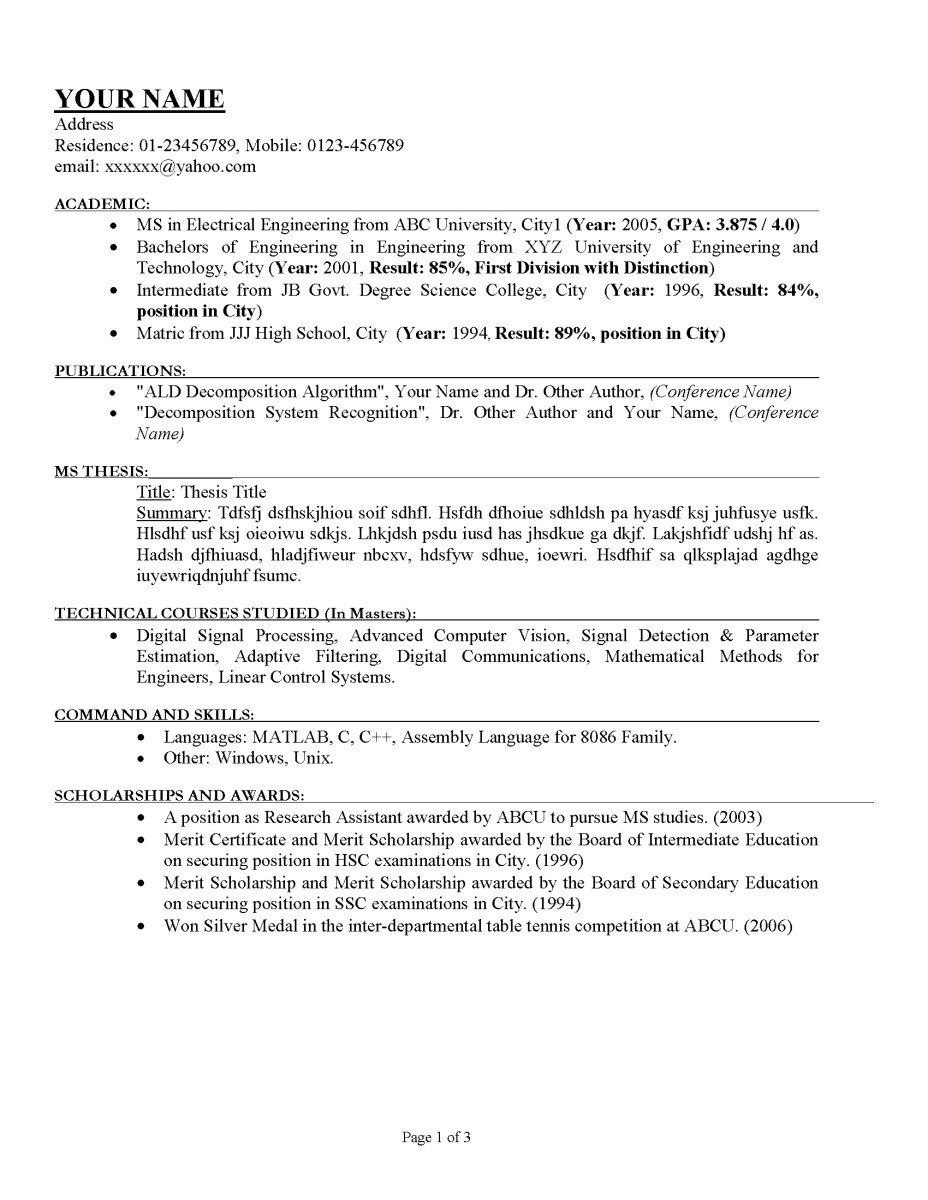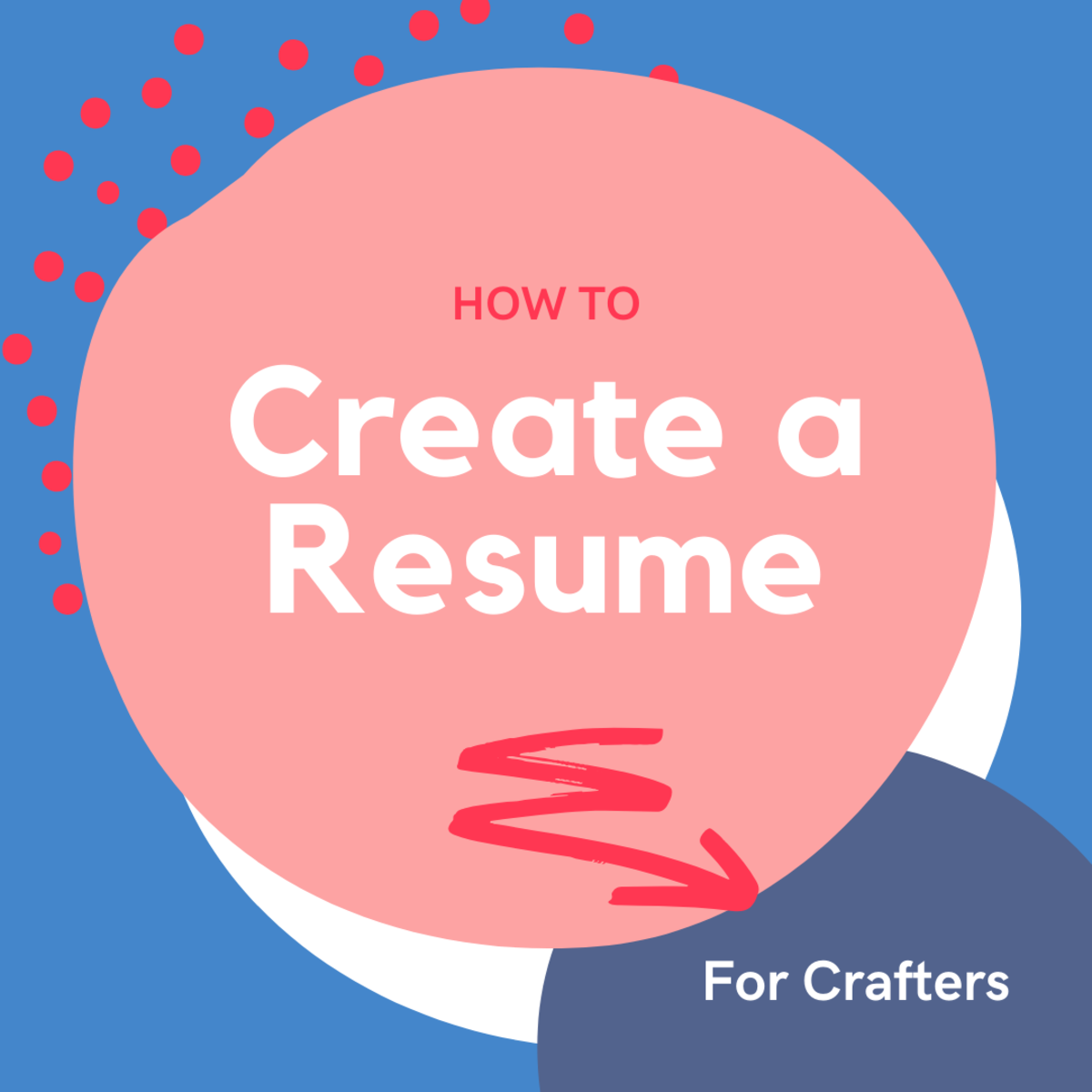The Writer’s Resume Writing Conundrum
Introduction
Writers are not exempt from the need to create resumes. The challenge for writers is how to write an effective CV when their experience rarely fits within standard resume formats.
Which resume formats can you use as a writer, and how to do you convert a list of dozens or even hundreds of assignments and publications into a resume?

The Chronological Resume Format for Writers
Writers who have worked for businesses for any significant part of their career can create chronological resumes like any other professional. List the dates of employment, job title and company. Or build chronological resumes from a series of long term writing relationships. For example, list that you wrote for Demand Media from 2009 through 2011 before moving on to a site like Constant Content from 2011 to the present.
List contract writing for specific companies in chronological format, better yet, give the four year time span spent working for one particular technical contract firm through which you filled a dozen different assignments. Human Resources personnel prefer chronological resumes and a long time on the job. Writers who can say that they wrote for a particular site or as a contractor with one services company for several years look better than someone with two pages of gigs.
Freelance writers should use the chronological resume format if they did significant amounts of work for one client, especially well known customers.
Always highlight the experience in the CV related to the job posting, detailing your experience in the subject area or required skill sets with several lines. For example, nurses turned medical writers should mention their nursing experience in the chronological CV, even if it was years ago. Then the medical experience will add points to your resume when HR searches their database for a medical writer.
The Functional CV for Writers
Use the functional CV format for your resume when highlighting experience related to a particular position. For example, a functional CV sent to technical writing position should focus on assignments creating software manuals, user guides and answering technical FAQ while leaving off the frugal living articles or science fiction manuscripts that you published over the same time period.
List the most relevant experience or most recent related experience first on the functional resume, while leaving off irrelevant experience.
Functional resumes work best when sent to the hiring manager or the editor of a publication. Human Resources tend to be biased against functional resumes, since it doesn’t mesh well with applicant tracking systems.
Functional CV work well when applying for short term assignments or assignments posted online. A paragraph or two of relevant experience will go farther than a full page resume where the hiring manager is uncertain how your past dozen assignments relate to the job he needs to fill.
The Non-Traditional Resume for Writers
Non-traditional resumes are most successful in the creative job fields. While non-traditional CV may take the form of a social media marketing campaign, a fancy decorated cake sent to the head of a bakery, a beautiful infographic emailed to the head web designer or resume printed on a T-shirt, writers can try to use the non-traditional CV format.
Including pictures of book covers and thumbnails of your articles in widely read periodicals may make more of an impact than a list of articles published and gigs you filled, but limit their use when you're sending in resumes to Human Resources. HR hates the non-traditional resume, which is why non-traditional resumes should only be sent to the manager filling the position. And never use images on resumes that will be parsed by HR software - it doesn't know what to do with them.
Remember to add contact information and a short list of your best known titles to personal business cards, so that they become non-traditional resumes exchanged at every meeting.
Non-traditional resumes may make your application stand out or provide the opportunity to demonstrate your writing ability. For example, when someone is seeking a ghostwriter for their biography, send an attention grabbing short biography of yourself, ending it with your contact information if that person would like to hire you to write their own biopic. If someone is seeking a press release writer, consider writing a press release about an amazing PR writer on the market – yourself. If your press release makes an impression, you are likely to receive an interview.
However, it is hard to get most hiring managers to consider reading a writing sample unless they specifically request it with the resume. This is why non-traditional resumes haven’t replaced the traditional resume formats, despite periodic news stories about resignation letters written on cakes along with information on how to order a cake from the person’s new bakery.

Summary
If the hiring company is a large firm or requesting a resume through an applicant tracking system, create a chronological resume. If the resume will probably land on a hiring manager’s desk, use the functional resume format. Reserve non-traditional resumes for gigs where the non-functional resume causes you to stand out from the competition, demonstrates your skills and will certainly be seen by decision makers.








